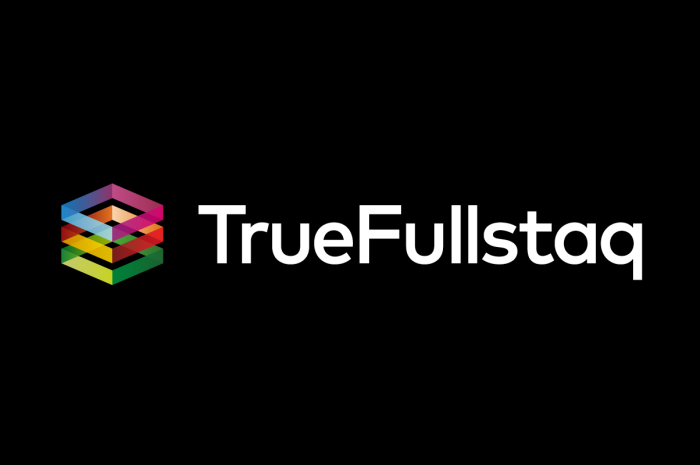Microsoft releases two big Microsoft Dynamics 365 updates referred to as ‘Waves’ each year, in April and October respectively. These Waves introduce new applications, functionalities, and improvements. The first Wave is scheduled for October 2021 and Microsoft will provide this update to all Microsoft Dynamics 365 environments by mid-October. At least, this is the case for most of them: Dynamics 365 Supply Chain Management and Finance are the odd ones out here.
Unlike other Dynamics 365 applications, Finance and Supply Chain Management – formerly known as Dynamics 365 F&O – are not tied to two major updates per year. Dynamics Dynamics Supply Chain and Finance are, in fact, known as ‘One Version’ software packages. That means customers will never have to upgrade again. However, that doesn’t mean you don’t need to update anything after implementation. In this blog, we will tell you more about Service Updates and how they work.
You decide which Service Update to choose
For Dynamics 365 Customer Engagement and Business Central, updates automatically become available to every organization. In contrast, the updates for Dynamics 365 Supply Chain and Finance are more tailored to customer needs. Organizations such as yours therefore decide which Service Updates are of interest to them and when they want to update. Every year, Microsoft releases a number of Service Updates. For information on this, organizations can view the calendar of recent and scheduled updates and release notes for Dynamics 365 Supply Chain Management and Finance.
Please note: Customers are required to update their version of the package regularly. In doing so, Microsoft applies the rule that every customer must update two to eight times a year. A maximum of three updates may be skipped between implemented updates. What if an organization does not meet these requirements set by Microsoft? In such cases, the tech supplier will deploy the latest version live in the customer’s production environment without prior testing.
It is therefore important for organizations to already determine for the next six months which Service Updates to use. These updates can then be scheduled. Broad Horizon’s Release Management plan will help you implement them successfully.
What is involved in the Service Updates of Dynamics 365 Finance and Supply Chain Management?
Performing a Service Update of Dynamics 365 Finance and Supply Chain Management involves significant effort. In any case, organizations cannot perform such Service Updates themselves as they need help from a partner, such as Broad Horizon. We will then help you carry out the next steps:
Scheduling the technical timeline
Every Service Update starts on Monday: this gives the developers and functional consultants time to prepare all the new features for the update.
Contacting ISVs
If your organization would like to implement an update, we will contact the ISVs (Independent Software Vendors) from whom you purchase products that provide additional functionality in Dynamics 365. Examples of this include scanning or printing software. We ask these ISVs to send us the version of their software that is compatible with the Dynamics 365 version of your choice. We then set it up in your development environment. Once we have updated and tested the ISV programs as well as the Finance and Supply Chain Management versions, we will prepare the environment for user testing.
Usage Tests
Once our developers have performed technical testing on the update, then it is time for the most important step: user testing. This is done in a User Acceptance Testing (UAT) environment, in which ‘normal’ users try out various pre-developed test scenarios for the organization’s core business. Does the process to create an invoice work? Can I process these as well? Can I create and print a purchase order? Once the user testing is complete and agreed upon, the update process can be completed.
Update production environment
Once the customer has approved the update and all preparations, Broad Horizon will signal Microsoft. That night, they will transfer all changes from the UAT environment to the organization’s production environment. On the morning of the next business day, the new version of Dynamics 365 Finance and Supply Chain Management will be available to all employees.
Good scheduling and testing are essential
To ensure that the Service Updates run smoothly for all customers, it is important to know which organization wants to update to which version and when. To this end, Broad Horizon appointed a Release Manager. This colleague keeps track of new features, helps our customers determine which updates are of interest to them, and at the same time ensures that our developers are aware of the schedule and can meet deadlines. This is our way of preventing the customer being confronted with sanctions from Microsoft involving untested software versions being put live in the production environment.
User testing of the core processes is extremely important, and that is why it is important to update in a timely manner. With each update, you want to be sure that the new version of the software still supports your organization’s core processes. This is not as obvious as it seems, particularly for ISV packages. Unfortunately, good testing also takes a lot of time and is therefore often seen as a large or too large a burden for the organization and the employee. This is because employees must set aside time in addition to their daily work to test the core scenarios. One solution to this may be to automate these tests. If required, Broad Horizon can set that up for your company using the RSAT (Regression Suite Automation Tool). Through this tool, we can set up various scenarios, allowing you – the customer – to test the software for the relevant scenarios with the push of a button. This saves a lot of time and reduces the likelihood of human error. On October 14 we will host a webinar on this RSAT tool, during which we will tell you more about the possibilities. Please visit our website to sign up.
Service Updates: hundreds of new features
Each Service Update includes hundreds of new or improved features and functionalities. These are always listed in the Release Notes for the relevant version. But, truth be told: Release Notes with over a hundred new features are far from inviting deterrent and quickly appear to be complicated. In addition, even we sometimes find it difficult to estimate the impact of a new functionality in advance. This is because we too can only test it out once the Service Update has been released.
That is why it is important to set up a clear schedule with the Release Manager and functional consultants, who understand the processes within your organization, in which there is sufficient time for user testing. This user testing can then be performed manually or automatically. In this way, we work with you to ensure that your organization gets the most out of its Dynamics 365 environment.
Is your organization ready for the Dynamics 365 Supply Chain Management and Finance Service Updates?
Broad Horizon has years of experience implementing Service Updates for your Dynamics 365 environment. Additionally, we also have all the knowledge you need if you have yet to make the transition from AX to Dynamics Supply Chain Management and Finance. We would be happy to share this knowledge with you during two webinars during which we will tell you everything you need to know about this switch.
You can also contact us directly. We would be happy to talk you through the possibilities and the content of the Service Updates.


